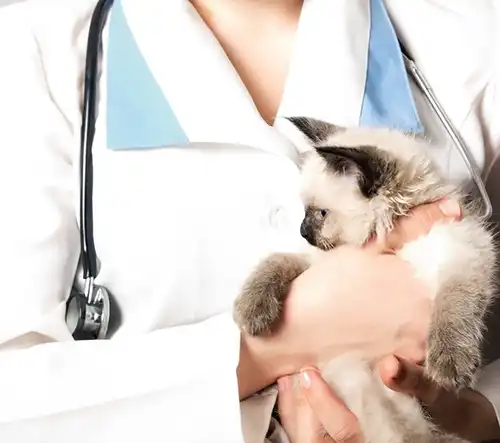Snakes have been clouded in mystery since the dawn of time. These beautiful, fascinating reptiles can make great pets. Many people, however, are misinformed, or fooled by some of the common myths. If you are considering getting a snake for your Lexington home, you may have heard some of these before. Like many myths, some of these do have some truth behind them, but some are just incorrect.
Here are a few of the more common misconceptions about snakes:
Snakes Go Blind In Summer
Snakes do experience a short period of diminished eyesight when they are getting ready to shed as their ocular scales, which are the scales covering their eyes, begin to shear off. A snake’s eyes may look milky at this time, and they can’t see all that well during the process, but they don’t go fully blind. Since many wild snakes shed in summer, it’s easy to see where this misconception started.
Snakes Are Slimy
Often, people who have never touched a snake assume they are slimy to the touch. Snakeskin is actually quite dry, and often feels smooth.
Rattlesnakes Always Rattle Before Striking
One would think those rattles get put to use every time a snake strikes, but this isn’t the case. Snakes that are accidentally stepped on, for instance, won’t bother with a warning; they’ll just bite. An interesting aside on rattles: they are actually made of dead skin from previous sheds.
Snakes are Naturally Aggressive
In the wild, snakes are both predator and prey, so they tend to be quite wary. It doesn’t always pay off to chase something several times larger than you are. While snakes will attack if threatened, most of the time they prefer to flee, and will often run instead of striking.
Snakes Can Only Strike From a Coiled Position
Snakes can strike from almost any angle, and by no means do they need to be coiled to be able to bite. Given ample time to prepare for a strike, many snakes will coil, but not being in an optimal position will not stop them from biting.
Snakes Have Salmonella
Snakes do carry salmonella, but a bit of precaution will usually provide an ample safeguard. Always wash your hands after carrying your snake, and use some antibacterial gel as well. Make sure to clean your snake’s cage often. At least once a month, you’ll want to give it a thorough scrubdown, including disinfecting it and then rinsing it well.
Please feel free to
contact us with any questions regarding the care or behavior of your snake, and visit our site regularly for more articles from your Lexington vet.






!Social Media Icons